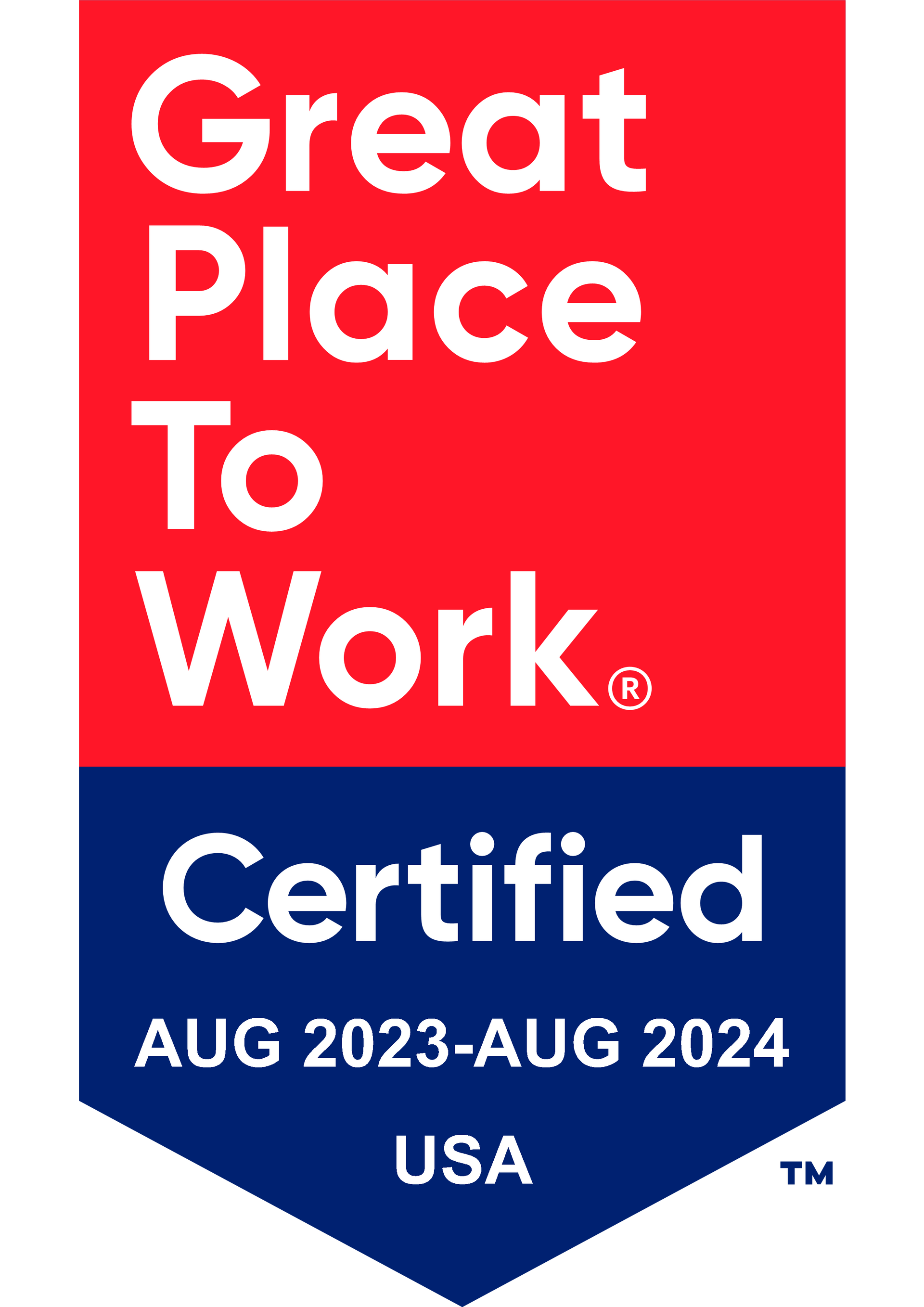Get in touch
408-366-8880
mymail@mailservice.com

What Is Included in an Employee Benefit Package?
In an employee-driven market like we find ourselves in, employee benefit packages matter more than ever in recruiting and retaining top talent. COVID-19 has also prompted a shift in the importance of certain benefits over base pay alone. Many employees would choose a lower salary over a more robust benefits package.
An employee benefits package includes all the perks and benefits provided when working for a company outside of an employee's wages and salary. Some organizations offer a handful of benefits, with the basics including medical insurance, life insurance, dental insurance, a 401k, holidays, and paid time off. Other organizations offer an extensive benefits package that encompasses the basics and more, from personal holidays and childcare to flexible schedules and student loan debt payments.
EMPLOYEE BENEFIT PACKAGE OPTIONS
Generally, full-time employees working an average of 30 hours or more per week qualify for an employer's benefits package. In some instances, employers might opt to extend all or some of their benefits to part-time employees that meet specific criteria set forth by the company. At a minimum, employers should offer medical insurance with a savings account, paid time off, dental insurance, life insurance, and a 401k.
Read on to learn more about the myriad of available benefits options, including perks that are gaining popularity.
MEDICAL INSURANCE
The Affordable Care Act requires employers with 50 or more employees to offer medical insurance or pay a fine to the IRS. Regardless of the size or legal requirements, it's wise for employers to provide health insurance as part of their employee benefits package.
Employees expect to have the option to secure medical insurance through their employer. According to the Society for Human Resource Management (SHRM), 56% of adults in the U.S. indicated that liking their health insurance was an indicator of whether they'd stay at their current job, and 46% said health insurance was a positive influence or deciding factor in choosing their job.
The desire for medical coverage is understandable – medical expenses can add up. Such costs are one of the top reasons individuals file for bankruptcy, and the concern about paying for medical bills increases overall stress levels. COVID has also influenced employees' desires to have adequate health coverage to cover medical expenses.
HEALTHCARE SAVINGS ACCOUNTS
Health Savings Accounts (HSAs) and Flexible Spending Accounts (FSAs) accompany high deductible health plans (HDHPs) and traditional co-pay plans, respectively. HSAs have become a popular choice for employees to help offset the high deductible of an HDHP. Also, unlike an FSA, an HSA operates like a true savings account. Once the money is deposited into an HSA, it can remain there or be used, and the "use it or lose it" rule doesn't apply as it does for an FSA.
LIFE INSURANCE
Life insurance is a common benefit offered to employees. A certain amount is typically provided free of charge, with employees given the option to purchase additional coverage for a fee. Life insurance provides peace of mind for employees to help cover their family's expenses in the unfortunate event of their death.
DENTAL INSURANCE
Dental insurance might not seem like the most exciting benefit, but dental fees can add up. Thus, dental insurance is an elective benefit frequently offered by employers and chosen by employees.
VISION INSURANCE
Vision insurance is another benefit that many don't get overly excited about. However, it's a relatively low-cost elective benefit for both employers and employees. Also, those who need vision insurance for glasses and contact maintenance will especially thank you for offering it.
MENTAL HEALTH BENEFITS
Pre-COVID, depression already cost employers around $44 billion annually in lost productivity, and anxiety disorder was the sixth-leading cause of disability worldwide. Take those stats and couples them with the notion that mental health challenges are expected to continue to increase due to COVID, and employers can't afford not to offer mental health benefits.
In addition to traditional Employee Assistance Programs (EAPs) with a mental health service component and medical plans that offer mental health sessions, many employers provide direct access to mental health professionals. Direct access via a nearby or on-site clinic and through wellness programs is gaining popularity.

TIME OFF AND FLEXIBLE SCHEDULING
Many experts agree that hybrid work models combining remote and office work are here to stay thanks to the pandemic. More employees are speaking up and requesting more time off, remote work, and flexible schedules. And employers are listening. Many employers are providing emergency leave, adding additional holidays to their docket, offering mental health days, and more. Caregiving support and parental leave are also on the rise.
As reported in HR Executive, Gartner survey results indicate that 82% of company leaders plan to allow employees to work remotely at least part of the time post the pandemic. Nearly half plan to enable employees to work remotely full-time. Further, flex time is here to stay, with 43% surveyed indicating they will provide employees flex days and 42% will provide flex hours.
Common and popular time-off benefits employers might offer include:
- Paid Time Off (PTO)
- Vacation
- Bereavement Pay
- Volunteer Pay
- Paid Holidays
- Personal Holidays
- Mental Health Days
- Emergency Leave
- Personal Leave
- Caregiving Leave
- Parental Leave
- Maternity Leave
Flexible work and scheduling arrangements offered by employers include:
- Remote Work
- Telecommuting
- Flexible Schedules
- Hybrid Remote and In-Office Arrangements

FINANCIAL WELLNESS BENEFITS
Financial wellness benefits are vital to the well-being of employees. Statistics indicate that some 40% of Americans live paycheck to paycheck and can't cover a $400 emergency expense if they need to. The pandemic resulted in job loss, unforeseen expenses, and reduced income for millions, increasing employees' concerns making financial wellness benefits crucial for employers to offer.
At a minimum, a 401k is what most employers offer. In an ideal world, the 401k will include a company match and discretionary contributions put in by the employer even if the employee doesn't contribute.
Thanks to the pandemic, emergency savings accounts are another financial wellness benefit gaining popularity. Employees want to know they can cover emergency expenses without impacting their ability to put food on the table or cover the essentials.
It's no secret that millions of Americans are in thousands upon thousands of dollars in student loan debt. As a result, student loan debt payments are another benefit growing in popularity.
Additional financial benefits employers often choose to offer include:
- Tuition Reimbursement
- Stock Options
- Profit-Sharing
LEGALLY MANDATED BENEFITS
There are a few benefits mandated by law, some of which are outlined below.
Consolidate Omni-Budget Reconciliation Act (COBRA). Employers are required to offer COBRA, or continuing healthcare coverage, to former employees for a period of time following their termination. COBRA is federally mandated.
Family Medical Leave Act (FMLA). Employees who meet certain requirements are entitled to FMLA from their employer to take care of their health, the health of a family member, or a military service member and to care for a newborn or adoption proceedings. FMLA is federally mandated.
Worker's Compensation. Worker's compensation insurance protects employees injured on the job. Requirements for worker's compensation vary by state.
Unemployment Benefits. Each state requires that employers offer unemployment benefits to their employees. Requirements for providing unemployment vary by state.
ADDITIONAL EMPLOYEE BENEFIT OPTIONS
There are many other benefits employers can choose to incorporate into their employee benefits program. Some popular options include:
- On-site childcare
- Pet-friendly benefits
- Cell phone reimbursement
- Long-term care insurance
- Short-term disability insurance
- Long-term disability insurance
- Wellness programs
- Casual Fridays
KBI OFFERS EMPLOYEE BENEFIT PACKAGE OPTIONS AND SUPPORT
If you're exploring your employee benefit package options to address the current market trends and new normal we currently live in, KBI can help. Our team of experts can support you in navigating creative and cost-effective solutions to balance the needs of your employees with the needs of the organization.
Contact us to learn more about our support services in many key areas.
Resources
https://www.investopedia.com/financial-edge/0310/top-5-reasons-people-go-bankrupt.aspx
https://www.apa.org/news/press/releases/stress/2020/report-october
https://www.workplacementalhealth.org/Mental-Health-Topics/Depression
https://www.workplacementalhealth.org/Mental-Health-Topics/Anxiety-Disorders
https://hrexecutive.com/these-are-the-perks-employees-want-most/
https://www.benefitnews.com/list/6-workplace-trends-employers-should-embrace-in-2022
https://www.benefitnews.com/list/6-workplace-trends-employers-should-embrace-in-2022
https://hrexecutive.com/hr-leaders-plan-to-embrace-remote-work-post-pandemic/
https://hrexecutive.com/mayer-7-benefit-trends-to-watch-in-2021/
https://hrexecutive.com/heres-how-employers-can-avoid-losing-talented-women-during-the-pandemic/
https://healthcoverageguide.org/reference-guide/laws-and-rights/laws-related-to-health-insurance/
Services
Latest Thinking




